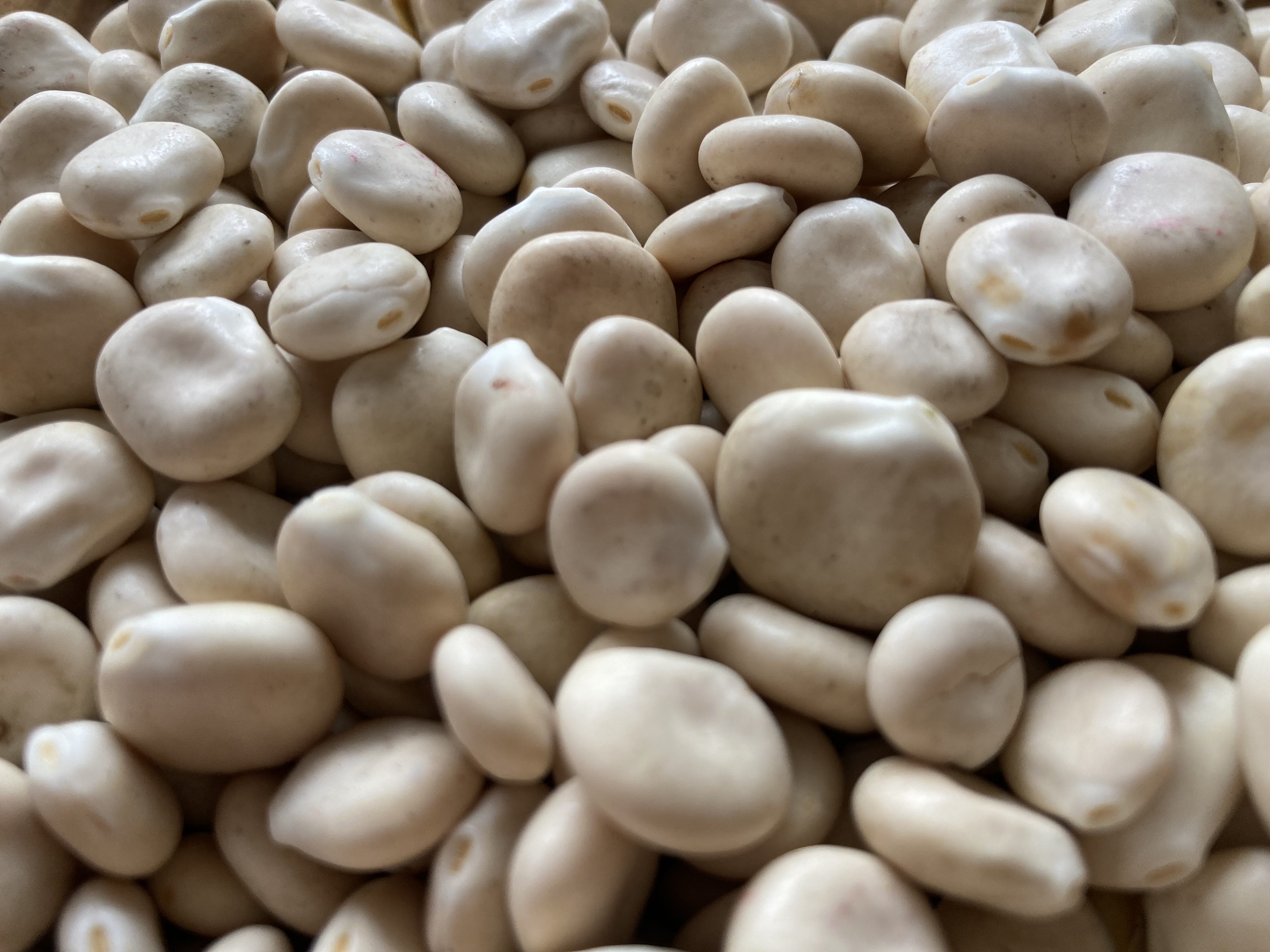International
Advantages
Der süße Sieg auf dem Feld
Name addition
White lupine
- Neuzulassung
- frühe Reife
- gute Dreschbarkeit
- extrem niedriger Alkaloid-Gehalt
- hohe Toleranz gegen Anthraknose
- VICTORY ist eine tiefwurzelnde Leguminose
- Saatgutproduktion im Aufbau
General description
General description
| - - - - | - - - | - - | - | 0 | + | + + | + + + | + + + + |
---- = very low resistance/early/short, ++++ = very high resistance/late/long
Classification Bundessortenamt
Stiffness









Start flowering









Plant height









Protein content









Thousand grain weight









Maturity









Grain yield









Representative
P.H. Petersen Saatzucht Lundsgaard GmbH
All variety descriptions have been prepared in accordance to the best of our knowledge, considering trial results and observations. A guarantee or a liability in individual cases is not possible, because the growth conditions are subject to substantial fluctuations.
Cultivation
Cultivation recommendations
Recommended sowing rate
mittelschwere Böden / pH 5,5-6,8 / 60 - 70 Körner /m²
Sowing depth
3-4 cm
Sowing period
Mitte März bis Ende April
Fertilization
Fruchtfolge
- Anbaupause von 4 bis 5 Jahren, auch zu anderen Hülsenfrüchten (Leguminosenmüdigkeit)
- Stickstoffsammler → als Folgefrucht eignet sich Wintergetreide
- Verbesserung der Phosphatverfügbarkeit im Boden Bodenbearbeitung -
Herbstfurche bevorzugen, sorgt für ein gutes Wasserhaltevermögen
möglichst homogene Bodenbearbeitung, nicht zu grob und nicht zu fein
Düngung
- Stickstoff: kein Bedarf
- Phosphor: ca. 40 kg/ha
- Kalium: ca. 60 kg/ha
- Magnesium: ca. 20 kg/ha
- Schwefel: 0 bis 60 kg/ha
- Spurenelemente: bei Bedarf
- Anbaupause von 4 bis 5 Jahren, auch zu anderen Hülsenfrüchten (Leguminosenmüdigkeit)
- Stickstoffsammler → als Folgefrucht eignet sich Wintergetreide
- Verbesserung der Phosphatverfügbarkeit im Boden Bodenbearbeitung -
Herbstfurche bevorzugen, sorgt für ein gutes Wasserhaltevermögen
möglichst homogene Bodenbearbeitung, nicht zu grob und nicht zu fein
Düngung
- Stickstoff: kein Bedarf
- Phosphor: ca. 40 kg/ha
- Kalium: ca. 60 kg/ha
- Magnesium: ca. 20 kg/ha
- Schwefel: 0 bis 60 kg/ha
- Spurenelemente: bei Bedarf
Crop protection
Unkraut- Herbizideinsatz ist im konventionellen Anbau erforderlich - Ökolandbau: Striegeln und ggf. Hacken Tierische Schädlinge - Lupinenblattlaus - Blattrandkäfer - Wildtiere und Vögel Pilzliche Erreger - wichtigster samenbürtiger Pilz: Anthraknose - bodenbürtige Pilze z. B. Wurzeltöterkrankheit, Sklerotinia-Weichfäule, Pilzliche Weichfäule → unbedingt Anbaupausen beachten
Sowing method
Reihenabstand: 12,5 cm empfohlen, bei höherem Unkrautdruck in Abhängigkeit der Technik weitere Abstände möglich - Saattechnik: Drillsaat empfohlen, Einzelkornsaat möglich
Harvest
Wenn Körner zwischen zwei Fingern druckfest sind - Kornfeuchte 14 bis 16 %
Representative
P.H. Petersen Saatzucht Lundsgaard GmbH
All variety descriptions have been prepared in accordance to the best of our knowledge, considering trial results and observations. A guarantee or a liability in individual cases is not possible, because the growth conditions are subject to substantial fluctuations.


